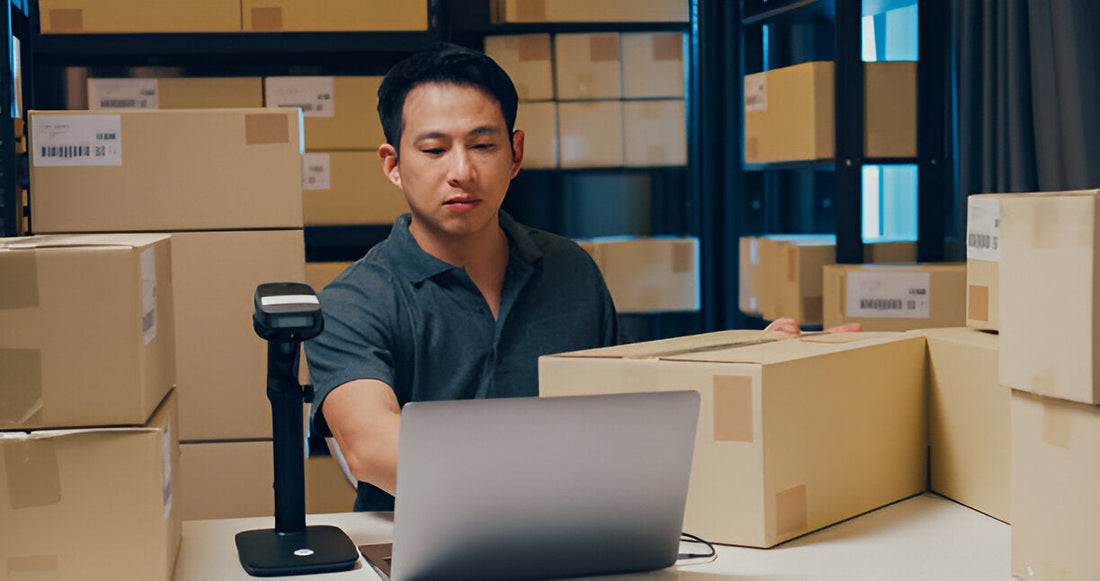Introduction
E-commerce has tremendously raised the level of customer returns, and this has spawned a thriving secondary market for Resellers. Several firms and entrepreneurs thrive in the business of customer returns by converting unsold, surplus, or returned merchandise into lucrative ventures. Anyone can profit from this emerging market with the right strategy.
Comprehending the Customer Returns Market
Increasingly, merchants are getting back goods from consumers because of faulty orders, buyer's remorse, or damaged cases. Rather than restocking the products, they sell them in bulk as liquidation goods to wholesalers. That provides business owners with a chance to purchase the products at a fraction of their retail price and resell them for a profit.
Why Invest in Liquidation Stock?
Investing in liquidation stock has various benefits including:
- Low Cost, High Profit Margin: Liquidation pallets may be bought for pennies on the dollar, giving the reseller a high margin.
- Diversified Product Range: Liquidation inventory consists of electronics, home appliances, clothing, and tools.
- Less Waste and Sustainability: Recycling of returned products keeps products in circulation and reduces waste in landfills.
- Scalability: Either when run as a small reseller or big distributor, returns by the customers represent scalable business opportunities.
Where to Buy Liquidation Inventory
Entrepreneurs get customers' return stock in many ways:
- Liquidation Wholesalers: Businesses like our platform Liquidationstock.com provides bulk buying of returned products.
- Local Auctions and Wholesalers: Some resell locally returned goods, providing a cheap source of inventory.
- Partnerships with Producers: Others like to deal directly with liquidation buyers like liquidationstock.com in an attempt to dispose of unsold or returned merchandise.
Types of Customer Returns
Knowledge of various types of returns informs business buying decisions:
- New and Unopened: Items returned without being used, often due to customer preference changes.
- Open-Box Items: Items opened but in near-new condition.
- Refurbished Goods: Returned and refurbished to operating condition.
- Damaged or Salvage Goods: Goods that are visibly damaged but still have some resale value.
Strategies for Maximizing Profit
Resellers need to adopt intelligent strategies to achieve maximum profit. Follow these important steps.
1. Inspect and Classify Merchandise Correctly
Prior to selling liquidation stock, examine and sort the merchandise according to their condition. Defining products as "new," "open-box," or "refurbished" clearly creates customer trust and minimizes returns.
2. Select suitable sales channels
Choosing the correct liquidation stock platform guarantees highest profitability. The most suitable are:
- eBay: Best for electronics, tools, and household goods.
- Amazon: Ideal for reselling hot products with proper approvals.
- Facebook Marketplace & Craigslist: Great for local sales and not having to pay shipping.
- Wholesale to Other Retailers: Some opt to sell bulk quantities to other companies instead of final buyers.
3. Competitive Pricing Strategies
Undertake market price research prior to listing products. Providing competitive prices while ensuring profit margins entices purchasers.
4. Effective Marketing and Branding
Credible descriptions, high-definition pictures, and easy returns earn consumer trust and create additional purchasing. Emails and social networks promote further buying.
5. Look at Repair and Refurbishment
Refurbished products are sold at a profit from some returned products. Using technical expertise or the ability to have products refurbished greatly boosts profitability.
Challenges Facing the Customer Return Business
While profitable, resale of liquidation stock has some drawbacks:
- Quality Control Problems: Everything that comes back is not saleable.
- Inventory and Storage Management: A lot of the liquidation inventory needs to be stored and organized.
- Shipping and Logistics: Hauling heavy or fragile products can inflate expenses and destroy profit margins.
- Market Competition: As the liquidation industry grows, competition among resellers increases.
Legal Considerations and Best Practices
To have seamless business operations, use the following best practices:
- Comply with Local Laws: Learn about consumer protection laws and business laws in your locality.
- Provide Transparent Return Policies: Transparently communicating return conditions fosters customers' trust.
- Verify Goods: Avoid using fake or illegal products that could lead to legal issues.
Conclusion
Customer return business is rife with opportunities for entrepreneurs prepared to take on the risks associated with liquidation inventory. With good sourcing, competitive pricing, and successful selling techniques, customer returns can be made into a successful business for resellers. With more e-commerce and return activity, the business is thriving, and the time to get into the business is now.









